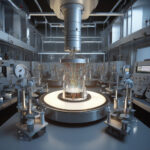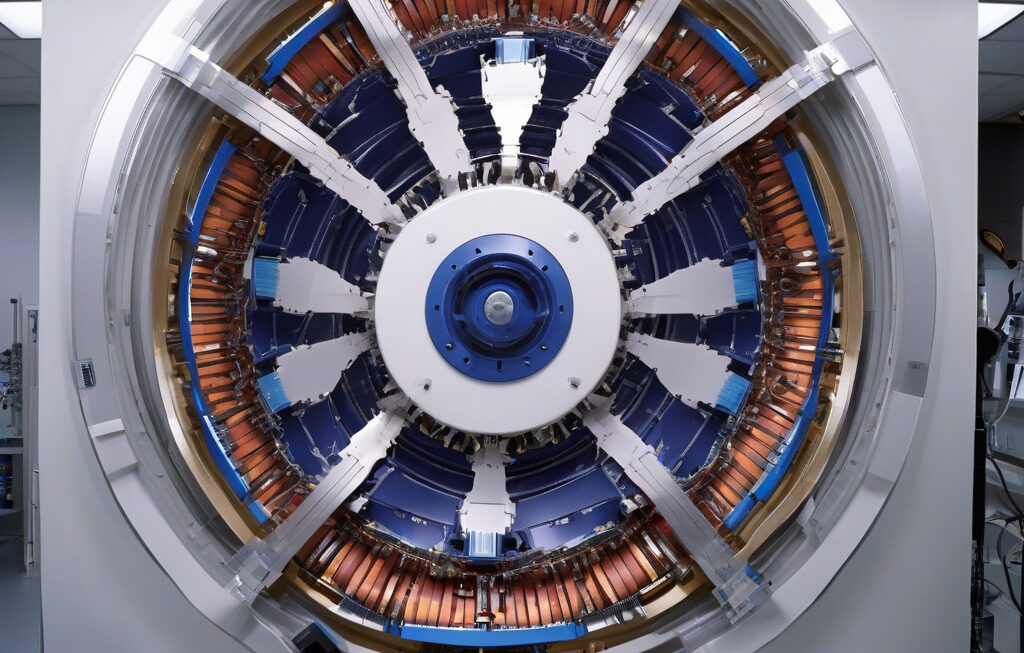“Doudna”: US to Build New Supercomputer That Blends AI with Scientific Research
A new U.S. supercomputer named after a Nobel laureate signals a seismic shift in how cutting-edge technology can revolutionize scientific research. The supercomputer, aptly named “Doudna” after Jennifer Doudna, the co-recipient of the 2020 Nobel Prize in Chemistry for her work on CRISPR gene editing technology, is poised to push the boundaries of what is possible in the realms of artificial intelligence (AI) and scientific discovery.
The decision to name the supercomputer after Jennifer Doudna is a fitting tribute to her pioneering work that has paved the way for groundbreaking advancements in genetic research. By combining Doudna’s name with state-of-the-art AI capabilities, the supercomputer is set to become a powerhouse for innovation, enabling researchers to tackle complex scientific challenges with unprecedented speed and efficiency.
One of the key advantages of integrating AI into scientific research through supercomputing is the ability to analyze vast amounts of data in record time. Traditional research methods often struggle to process the sheer volume of data generated in fields such as genomics, climate science, and drug discovery. However, by harnessing the computational power of AI, the Doudna supercomputer will be able to sift through massive datasets, identify patterns, and generate insights that could lead to groundbreaking discoveries.
Moreover, the marriage of AI and scientific research holds the potential to unlock new avenues of inquiry and accelerate the pace of innovation across various disciplines. For example, in genomics, AI-powered analysis can help researchers decipher the genetic basis of diseases, leading to more personalized treatment options. In climate science, AI algorithms can process complex climate models to predict environmental changes with higher accuracy. And in drug discovery, AI can expedite the search for novel therapeutics by streamlining the identification of potential drug candidates.
The development of the Doudna supercomputer underscores the increasing importance of interdisciplinary collaboration in driving scientific progress. By bringing together experts from diverse fields such as computer science, biology, chemistry, and physics, this initiative exemplifies the power of teamwork in tackling complex challenges that transcend traditional boundaries.
As we look to the future, the implications of integrating AI with scientific research are vast and far-reaching. From unlocking the mysteries of the universe to addressing pressing global challenges, the Doudna supercomputer represents a bold step towards harnessing the full potential of technology to advance human knowledge and improve lives.
In conclusion, the “Doudna” supercomputer stands as a testament to the transformative power of innovation when fueled by the synergy of AI and scientific research. By leveraging the computational prowess of AI to augment human ingenuity, this cutting-edge supercomputer holds the promise of reshaping the landscape of scientific discovery in ways we have yet to imagine.
supercomputer, AI, scientific research, Jennifer Doudna, innovation












